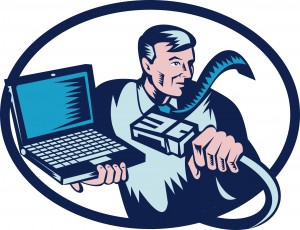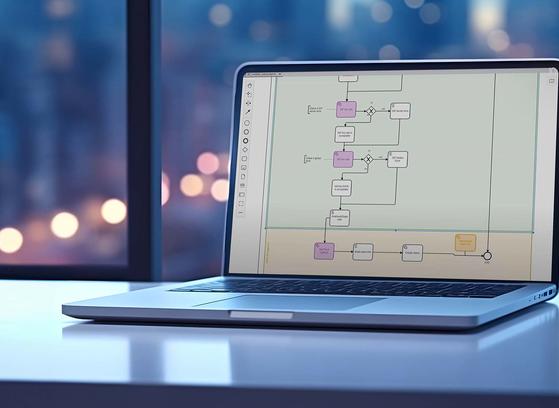Recently, Frost & Sullivan's research analyst Shuba Ramkumar discussed retail Carrier Ethernet services in Europe based on her report, European Retail Carrier Ethernet Services. Following a similar pattern as North America, the popular service of choice are E-Lines, those wonderful point-to-point connections that prove very useful in replacing the less flexible and more costly TDM services. And, as was found in North America, the growth of E-LAN multi-point-to-multi-point services is expected to drive growth over the next three to four years.
In my own personal experience, I've noted a significant increase in activity with wholesale access providers in the European region. This is especially the case in Central Europe, which suggests that E-Access services, specialized point-to-point connections to connect off-net locations, are likely to see a strong uptake.
These predicted growth patterns will put pressure on layer 3 services in some markets and, as is the case elsewhere in the world, some of those higher-margin layer 3 services may suffer some cannibalization. Thus it's crucial for communications service providers (CSPs) to ensure they can offer the same level of quality on their layer 2 service, especially if it's taking business from another CSP's layer 3 service. Furthermore, they need to maximize the revenue potential of Carrier Ethernet. That approach supports Shuba's comments regarding investment areas for the CSP, specifically in terms of the service wrap around the Ethernet service where she points out self-service portals and performance management services. Why? Because they enhance value for the retail enterprise purchasing the service. If value is improved, revenues can be solidified and even grow.
 At Infovista, we've supported our customers in delivering the highest quality of service while providing service tiers that can be directly monetized in terms of value-added performance management services. For example, Infovista offers not just utilization metrics, but end-to-end, analytics, forecasts (who doesn't want to know when their E-Line is going to run out of capacity?) and self-configured thresholds.
At Infovista, we've supported our customers in delivering the highest quality of service while providing service tiers that can be directly monetized in terms of value-added performance management services. For example, Infovista offers not just utilization metrics, but end-to-end, analytics, forecasts (who doesn't want to know when their E-Line is going to run out of capacity?) and self-configured thresholds.
Part of this investment strategy for CSPs is to ensure they not only get the market share they need, but maximize the revenue potential of that customer base for service operations, administration and management (OAM). Service OAM is crucial for two reasons. First, it is the tool to maintain and guarantee quality in terms of the service level specification for the Carrier Ethernet service. Second, the provider domain Service OAM (the end-to-end from customer edge to customer edge) is what delivers those meaningful metrics that enterprise IT and network managers rely on, latency or frame delay, frame delay variation and frame loss. If you haven't been exposed to designing and configuring such Service OAM, you may be thinking, “great, that shouldn't be a problem!” You may even be happy to know that the Metro Ethernet Forum (MEF) has a number of specifications governing the best practices for Service OAM and performance monitoring, namely MEF specification 35. The rest of you realize that this is perhaps easier said than done.
There are many challenges for Service OAM. First, the MEF standards aren't available in today's equipment. Related, and technically encompassed, standards from the ITU, for example, are understood to be ubiquitous. But, as the saying goes, ‘the devil is in the details'; did you know there have been eight versions of ITU's Y.1731? Which version is included in vendor A's model, XYZ device? Is that compatible with the version in vendor B's model T device? Is the entire standard implemented, or just parts of it? Is the vendor using canonical terms or vendor-branded terminology? Thus there is an art to understanding what's possible and, perhaps as confounding, how to set it up in the network. What's the CLI command, or EMS GUI workflow to configure MEPs? Should it be up MEPs or down MEPs, and do you have a choice?
If, like me, you have questions similar to these, I encourage you to join me at the GEN14 pre-event, the MEF Certified Professionals Convention, on November 17th, 2014. I'll be on a panel with member colleagues (and coincidentally two other Canadians) from EXFO and FibreNoire where we will explore some of these questions and understand a bit more of the science and the art of Service OAM. I look forward to seeing you there and invite you to contact Infovista if you are interested in setting up a meeting while at the show!










